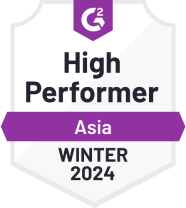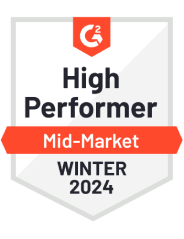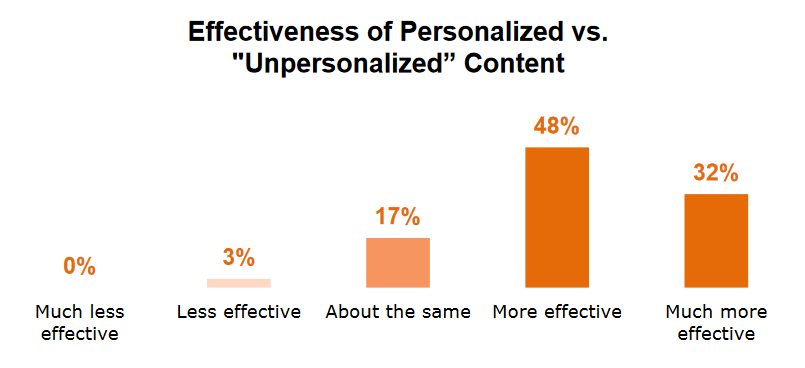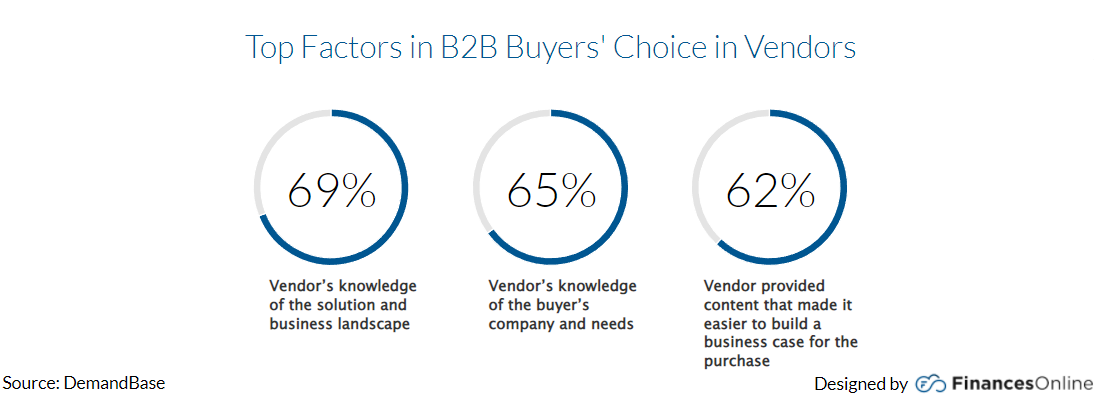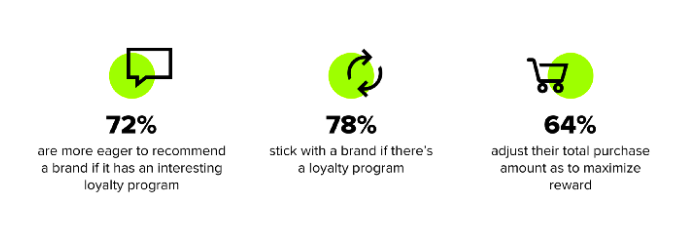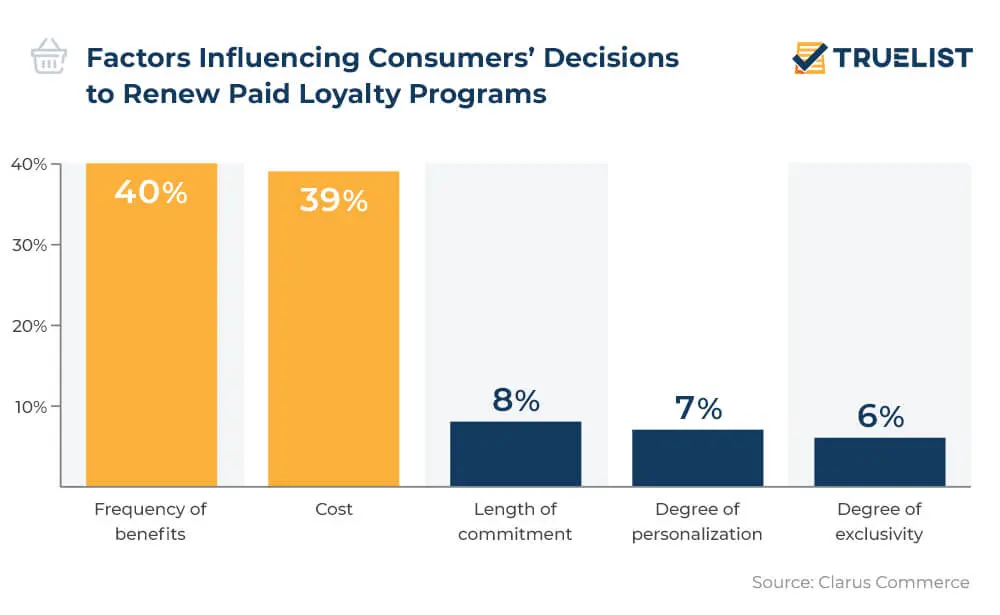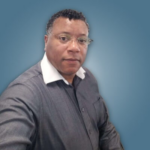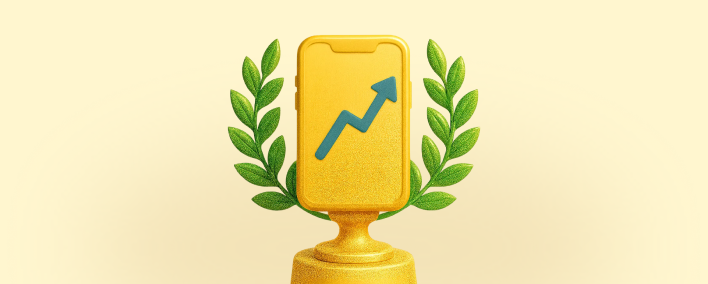1. Tiers
Tiers allow for some discernment around how you reward customers. You may want to give specific customers exclusive features such as free service trials or exclusive event access. The value of these will obviously be tied to specific tier levels; start with something simple and work up to something more valuable.
If you’re feeling especially bold, you might want to think about adding a leaderboard to your usual tier dashboards.
2. Co-operative rewards
If your B2B customers don’t want physical items, consider sharing your knowledge with them instead. Whether it’s a partner, a supplier or someone else altogether, it’s likely you have some kind of information or experience they can benefit from.
This strategy is particularly effective if you’re dealing with a new business that’s less experienced. It’s likely they’ll have something to learn or some significant gaps in their knowledge. Don’t be afraid to reach out to them with an offer of assistance, within or without a rewards scheme.
A co-operative reward offers two key benefits to the business offering them. A business customer that performs well can deepen their business connection to you, which results in additional purchases from your product line. It’s also likely that they will credit you (at least in part) for your success, and either increase business or connect you with a new business.
3. Partner rewards
There are a few different ways you can approach this concept of partner rewards. If you were selling a specific machine part to a manufacturer, for example, you might want to reach out to a distributor (or distributors) responsible for complementary parts. You might then offer a bundle of these products with some kind of price reduction.
4. Experiential rewards
If your business regularly hosts events you might want to offer exclusive access for participants in your rewards scheme. You can run practical events – for instance, a webinar about platforms such as CPAPI – or more leisure-focused ones.
Of course, these experiences don’t have to be connected to your business if you don’t want them to be. If you don’t think you offer any experiences that connect to your rewards scheme, don’t be afraid to offer something more frivolous (like movie tickets for employees, for example).
5. Referral programs
Another way you can formalize this positive reception is with a referral program. By now, word-of-mouth has become an established part of doing business. Both B2B and B2C customers benefit from its presence.
In practice, a referral program would reward people who share your name with potential customers. Alternatively, they can be rewarded for encouraging other customers to sign up to your rewards scheme. Either of these offers a clear path towards increased business for you.
You can use a referral scheme as a way of delivering existing rewards, or offer unique ones within it. As with many facets of B2B rewards schemes, there’s a great deal of flexibility in this area.





